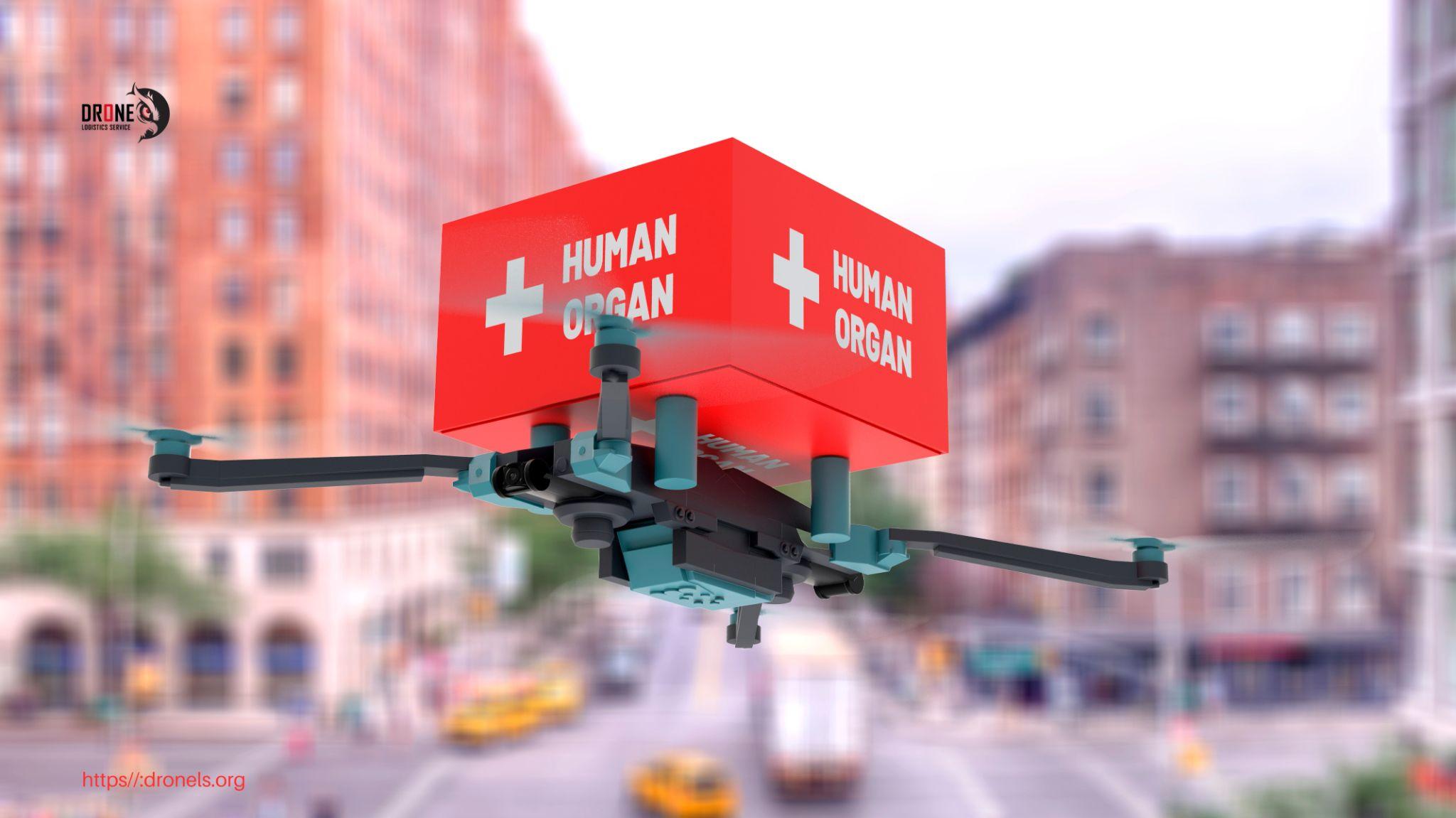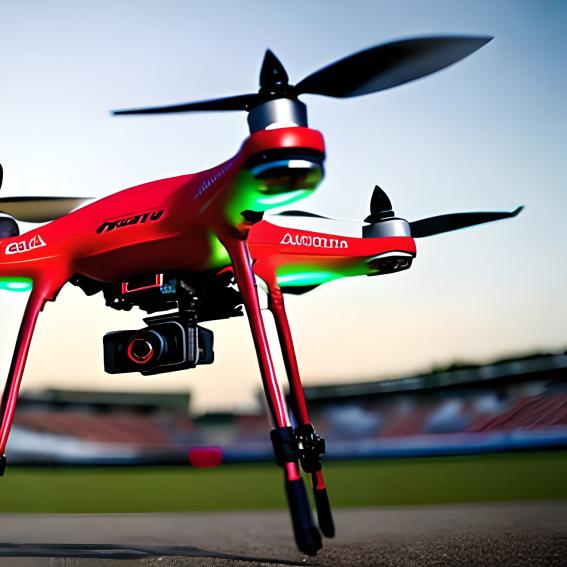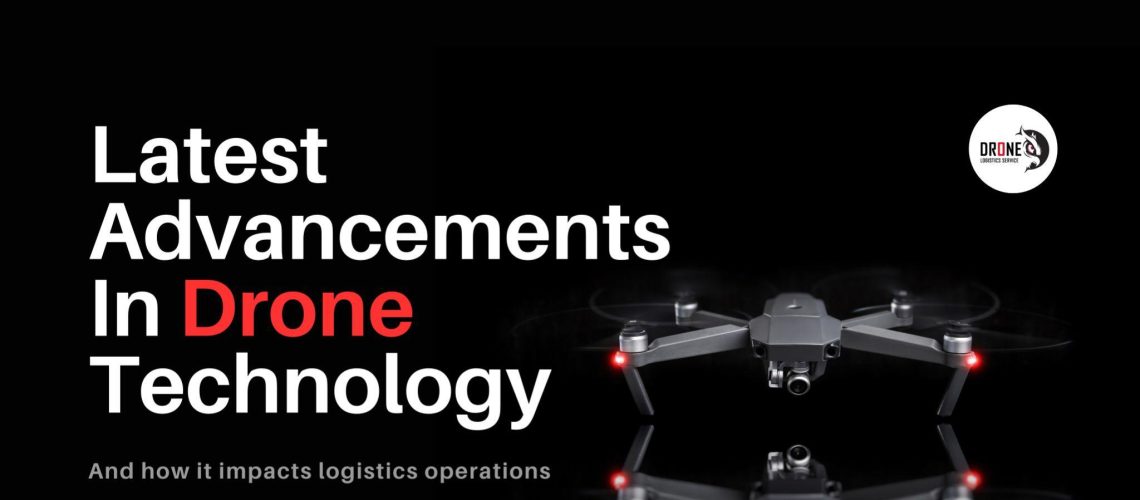Brief overview of drone technology
Get ready to dive headfirst into the thrilling world of drone technology! It’s an adventure that’ll have you buzzing with excitement from start to finish.
Picture these nifty flying machines as the superheroes of the sky, revolutionizing industries and leaving us all in awe. With their sleek design and nimble moves, drones are the ultimate cool gadget.
But don’t let their small size fool you—they pack a serious punch with their high-tech motors, propellers, and sensors. They can do it all while defying gravity!
Importance of logistics operations in various industries
Logistics operations are the lifeblood of various industries, serving as the backbone that keeps everything running smoothly. Whether it’s manufacturing, retail, e-commerce, or healthcare, efficient logistics operations are crucial for success.
In manufacturing, logistics ensures a steady supply of raw materials, coordinates production schedules, and delivers finished goods to customers. In retail, logistics manages inventory, organizes efficient distribution networks, and ensures products reach shelves on time.
E-commerce relies heavily on logistics for seamless order fulfillment and timely deliveries. In the healthcare industry, logistics plays a critical role in managing the supply chain for pharmaceuticals, medical equipment, and ensuring the safe and timely delivery of healthcare supplies.
Without effective logistics operations, industries would struggle to meet customer demands, experience delays, incur higher costs, and compromise their overall competitiveness.
Overview of drone technology advancements
Drone technology has witnessed remarkable advancements, propelling it to new heights of innovation.
Firstly, miniaturization and improved battery life have revolutionized the capabilities of drones. Smaller and more lightweight drones can now carry out complex tasks with extended flight times, enabling them to cover greater distances and operate in challenging environments.
Secondly, increased payload capacity has expanded the range of applications for drones. They can now transport larger and heavier items, making them suitable for tasks such as package delivery, aerial mapping, and even search and rescue missions.
Lastly, the integration of advanced flight control systems has enhanced the maneuverability and stability of drones, allowing for precise navigation and autonomous flight.
Additionally, the incorporation of artificial intelligence and machine learning enables drones to adapt to changing conditions, make intelligent decisions, and learn from their experiences, further expanding their potential in various industries.
Impact Of Drone Technology On Logistics Operations
Imagine a world where packages magically appear at your doorstep in no time. Well, thanks to the incredible advancements in drone technology, this dream is becoming a reality.
One of the most significant impacts of drones on logistics is in the last-mile delivery. That’s the final leg of the journey where the package goes from the distribution centre to your front door.
Drones can swoop down from the sky, bypassing traffic and obstacles on the ground, and drop off your package with precision. This means faster deliveries, especially in congested urban areas where traditional delivery vehicles may get stuck in traffic. So, say goodbye to those long waits for your online orders!
Not only are drones speeding up the delivery process, but they’re also reducing costs for businesses. Traditional delivery methods involve fleets of vehicles and drivers, which can be expensive to maintain.
Drones, on the other hand, require less manpower and can cover larger areas in less time. This translates to savings for logistics companies, which can then pass on those savings to customers.
So, not only are you getting your packages faster, but you may also enjoy some cost benefits too.
Another area where drones are making a splash is in inventory management and warehouse operations. Imagine a gigantic warehouse filled with thousands of items.
Traditionally, workers would have to manually count and track each item, which is time-consuming and prone to human error.
But now, drones can zip through the warehouse, scanning barcodes and keeping track of inventory automatically. This not only saves time but also ensures accurate records. Plus, drones can help with organizing the warehouse, making sure products are stored efficiently and easily accessible.
Drones are also playing a significant role in supply chain monitoring and optimization. With their real-time tracking and visibility capabilities, logistics managers can keep an eye on the movement of goods at all times.
They can identify bottlenecks or delays and take proactive measures to resolve them quickly. This means fewer hiccups and smoother operations throughout the supply chain. And let’s not forget about their potential in disaster relief efforts.
Drones can reach remote or inaccessible areas, delivering critical supplies to those in need during emergencies.
Of course, there are some challenges and considerations to keep in mind. Safety, privacy, and regulatory concerns are at the forefront when it comes to drone operations.
But with proper regulations and responsible use, the impact of drone technology on logistics operations can be truly transformative.
So, get ready for a future where packages take to the skies, and logistics operations become faster, more efficient, and even more exciting. The drones are here to deliver, and they’re changing the way we receive our goods.
Case Studies And Examples
Let’s take a closer look at some fascinating case studies that showcase the real-world impact of drone technology on logistics operations.
These examples demonstrate how drones are revolutionizing the way goods are delivered and changing the game in various industries.

Amazon Prime Air:
Amazon, the e-commerce giant, has been at the forefront of drone delivery innovation with their Prime Air service.
They have been working on developing a fleet of autonomous delivery drones that can safely and efficiently deliver packages to customers’ doorsteps. The drones are designed to fly at low altitudes, avoid obstacles, and make deliveries within 30 minutes of ordering.
With successful test flights and ongoing trials, Amazon aims to transform last-mile delivery and provide customers with lightning-fast deliveries.
Zipline:
Zipline is a company that utilizes drones to deliver medical supplies in remote areas and during emergency situations.
They have implemented their drone delivery system in countries like Rwanda and Ghana, where difficult terrains and lack of infrastructure pose challenges for traditional delivery methods.
Zipline’s drones can transport crucial medical supplies, such as blood, vaccines, and medications, to remote locations quickly and efficiently. This technology has proven instrumental in saving lives and improving healthcare access in hard-to-reach areas.
DHL’s Parcelcopter:
DHL, one of the world’s largest logistics companies, has been actively exploring the potential of drones in their operations. They have successfully tested their Parcelcopter, an unmanned aerial vehicle designed for deliveries, in Germany.
The drone is equipped with a secure cargo compartment and uses a fully automated system for takeoff, flight, and landing. DHL has used the Parcelcopter to deliver medication to a remote island, showcasing the viability and potential of drones in delivering urgent supplies to inaccessible areas.
These case studies highlight the practical applications of drone technology in logistics operations.
They demonstrate how drones are transforming the delivery process, improving access to essential goods and services, and addressing logistical challenges in remote and underserved areas.
As drone technology continues to advance, we can expect even more innovative solutions and exciting possibilities in the realm of logistics operations.
Challenges and considerations
Drones may be super cool, but they come with their fair share of challenges and considerations. It’s not all smooth sailing in the sky, my friend.
Regulations
First up, we’ve got the regulations. These bad boys are subject to rules and restrictions from aviation authorities. From registration to flight restrictions, logistics companies need to navigate this regulatory maze to stay on the right side of the law.
Safety and Privacy
Safety is no joke when it comes to drones. They share the airspace with manned aircraft, so collisions are a big no-no. Companies need to invest in collision-avoidance systems and follow safe operating practices.
Oh, and don’t forget about privacy! Drones equipped with cameras and sensors can make people a little uneasy, especially if they’re snooping around residential areas. Protecting people’s privacy and securing drone data is a must.
Battery Life
But wait, there’s more! Technical limitations can be a buzzkill. Drones have limited battery life, payload capacity, and flight range. Mother Nature can also rain on their parade with strong winds or rainy weather.

Technical and Operation Limitations
Logistics companies need to plan smartly and work around these limitations to keep those deliveries flying smoothly. Integrating drones into existing logistics systems is like fitting a square peg into a round hole. It’s a challenge, my friend.
Companies need to sync up drones with inventory management systems, order processing, and the whole logistics shebang. Communication and coordination are key to avoid any logistical mishaps.
So, while drones are soaring high and bringing excitement to logistics operations, there’s a lot to consider. But fear not! With careful planning, following the rules, and some creative problem-solving, the drone revolution in logistics will keep flying high.
We just need to keep those propellers spinning and our logistics dreams intact!
Regulatory hurdles and safety concerns
Oh, the joy of regulatory hurdles and safety concerns in the world of drones! It’s like a thrilling obstacle course, but without the cheering crowds.
We all know that rules and regulations exist to keep us safe and sound, but sometimes they can be a real buzzkill for drone enthusiasts.
Picture this: you’re all set to launch your drone into the sky, ready to capture breathtaking aerial footage. But wait, the dreaded regulations swoop in like a villainous character in a superhero movie.
You need to register your drone, obtain a license, and follow flight restrictions. It’s like going through a bureaucratic maze, and you’re left wondering if you need a degree in rocket science just to fly your drone.
Privacy and security implications
But hey, let’s not forget about privacy concerns. Drones equipped with cameras can make people a little uneasy.
Nobody wants to feel like they’re being spied on by a flying robot. That’s why it’s crucial to respect people’s privacy and fly your drone responsibly. No sneaky peeks into people’s backyards, okay?

Technical limitations and operational constraints
And safety concerns? Oh boy, they’re no laughing matter. Drones may be nimble and agile, but they share the airspace with other aircraft. Collisions are a big no-no, my friend.
That’s why companies invest in fancy collision-avoidance systems to keep their drones out of harm’s way. We can’t have drones playing bumper cars with airplanes now, can we?
So, while regulatory hurdles and safety concerns may rain on our drone parade, they’re necessary evils to ensure a harmonious coexistence between drones, humans, and the airspace.
As drone enthusiasts, we must embrace the rules, take safety seriously, and fly with a dash of responsibility. After all, the sky’s the limit when it comes to drone adventures, as long as we play by the rules and keep our flights safe and fun!
Future prospects and potential developments
Let’s take a wild ride into the future of drone technology! The possibilities are as endless as a never-ending buffet of snacks.
So, what can we expect? Well, picture this: drones zooming through the sky, delivering pizzas faster than you can say “extra cheese.” Sounds like a dream come true, right? But that’s just the beginning.
Urban air mobility and drone taxis
One exciting prospect is the integration of artificial intelligence (AI) into drones. These little flying machines will become smarter than your average bird. With AI on board, drones will be able to navigate complex environments, make intelligent decisions on the fly, and even learn from their experiences.
They’ll be like the brainiacs of the sky, revolutionizing industries like never before.
Autonomous drone fleets and swarm technology
But wait, there’s more! Get ready for swarms of drones working together like a synchronized dance crew.
Picture hundreds of drones collaborating to perform complex tasks, from aerial inspections to search and rescue missions. It’s like a sky ballet of efficiency and coordination.
And hold onto your hats because autonomous drones are on the horizon. These bad boys will take to the sky without needing a pilot.
Just imagine sending your drone on a mission, and it goes off on its own, doing its thing while you sit back and relax. It’s like having your very own personal assistant in the sky.
But the future doesn’t stop there! We’re talking about drones that can charge wirelessly, drones that can stay aloft for hours on end, and even drones that can morph and change shape like transformers. The possibilities are mind-boggling.
Integration with blockchain
Ready to take flight into the blockchain realm? Imagine drones buzzing around, delivering packages and recording their journeys on a transparent ledger.
With blockchain, these futuristic flyers can authenticate their routes, establish trust, and even compete for rewards! Dronetech meets cryptotech, ensuring your packages soar through the sky with security and a dash of digital magic. Let the blockchain revolution take off!
Endless Possibilities
And if you thought drones were limited to the skies, think again. The future holds underwater drones that explore the depths of the ocean, uncovering hidden treasures and capturing breathtaking footage of marine life.
They’ll take us to places we’ve only dreamed of, revealing the wonders that lie beneath the surface.
Conclusion
As the possibilities of what drones can do unfold right before our eyes, our imaginations ignite with new ideas on how to incorporate these miniature flying creations into our everyday lives.
It’s an exciting time where the boundaries of what we once thought possible are being pushed, paving the way for a future where drones become an integral part of our routines.
Whether it’s for delivery services, capturing stunning footage, or aiding in critical tasks, drones are soaring into our lives and taking us to new heights of innovation. Let’s embrace this aerial revolution and explore the endless possibilities that lie ahead!



